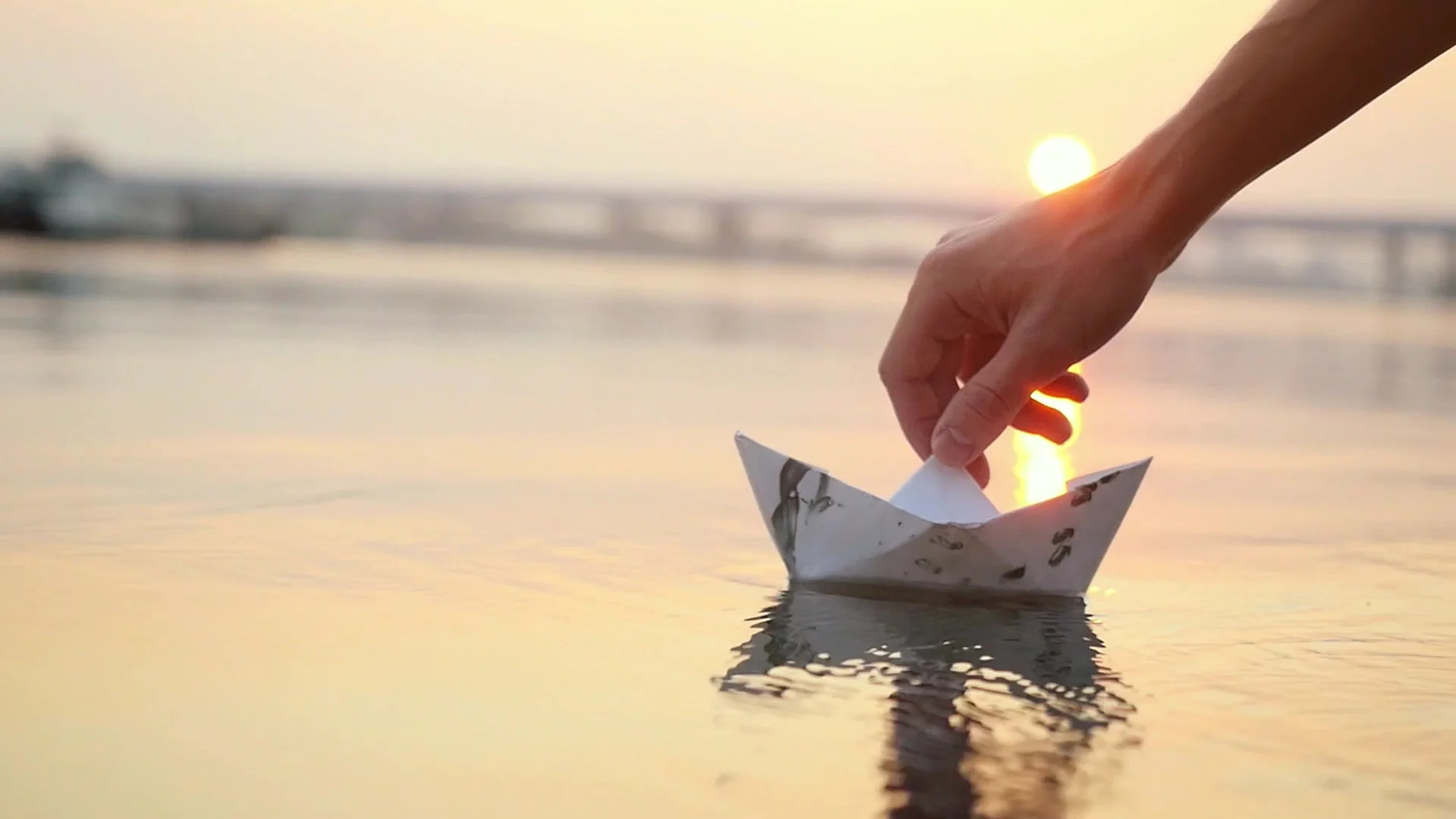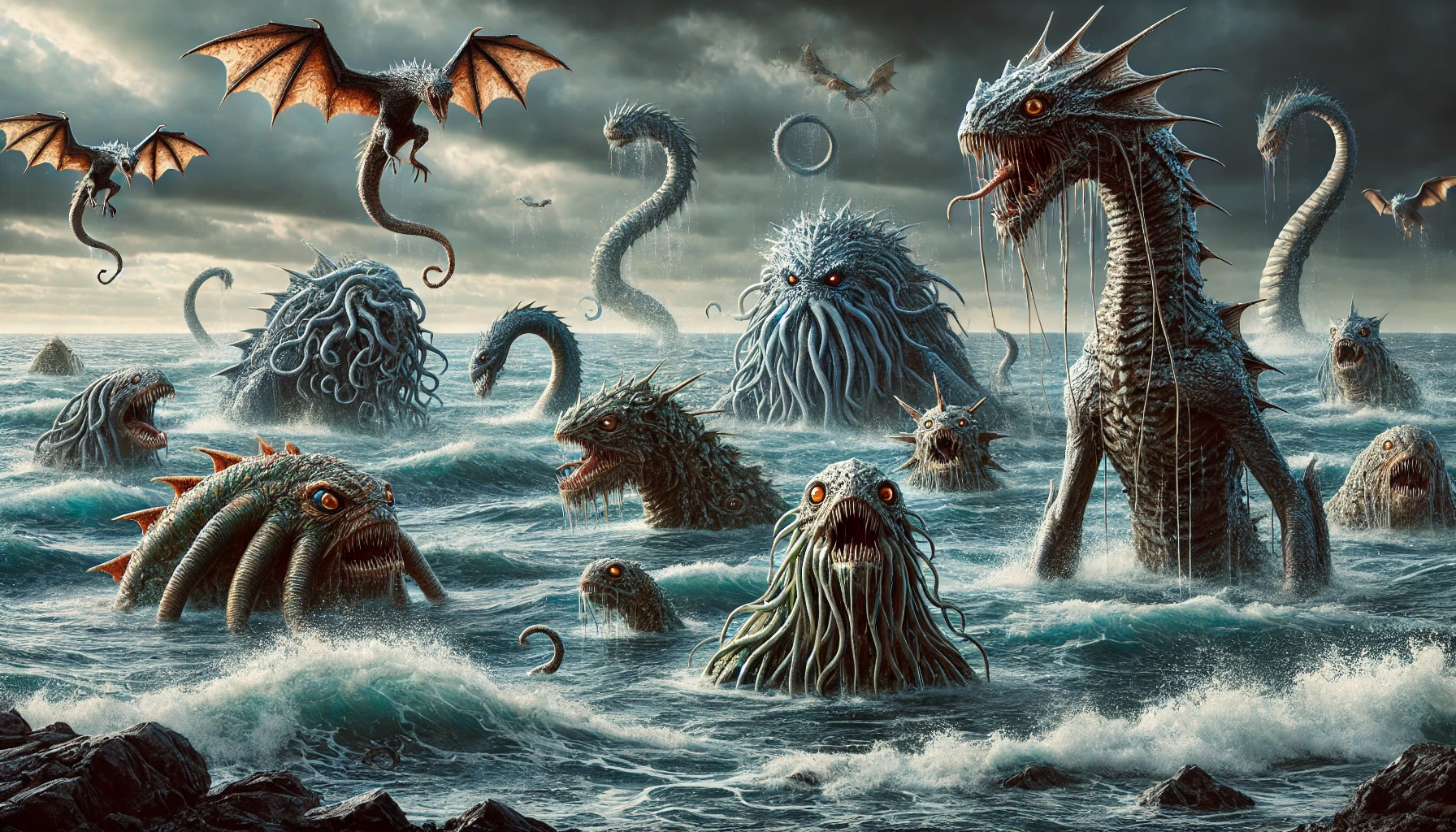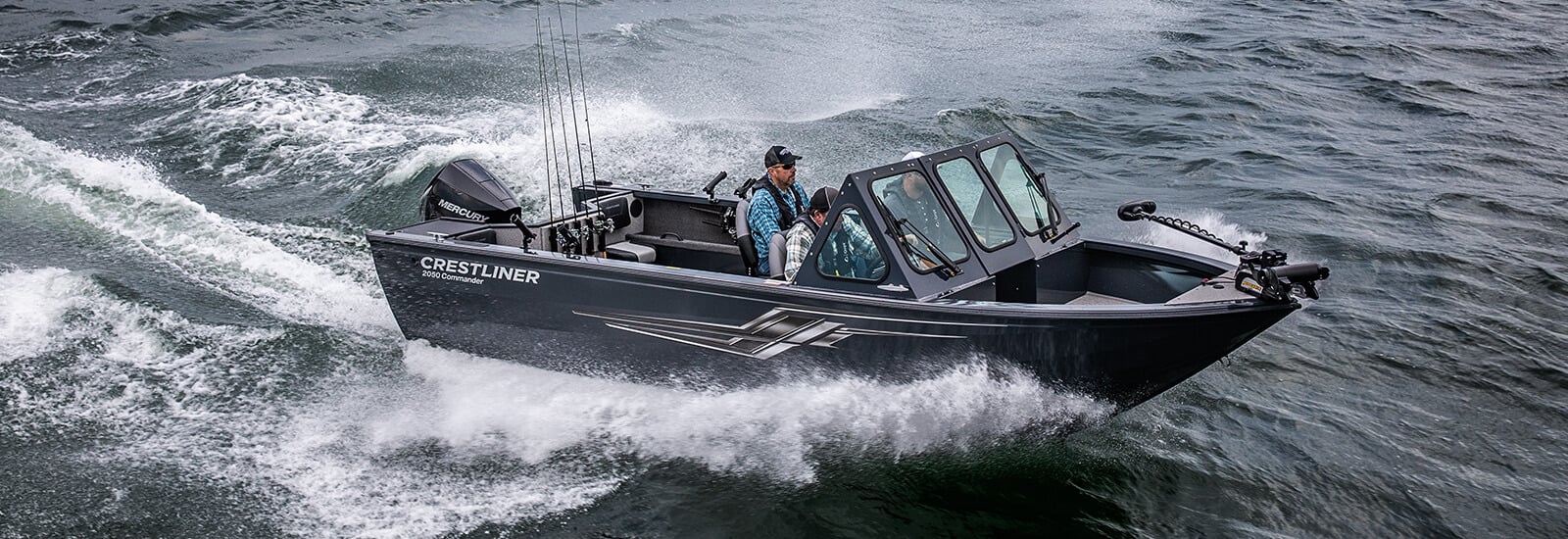Schooner Boats
Schooner: The Timeless Sailing Vessel Explored
A schooner is a type of sailing vessel characterized by its rig, including fore-and-aft sails on all of its two or more masts, particularly the foremast, which is typically shorter than the mainmast. Schooners are versatile ships known for their speed and ability to navigate in shallow waters due to their unique design. Originating from the 17th century, the schooner's design has undergone numerous modifications, and there are now various types of schooners with distinct features and uses.
Schooners have played important roles in history, including various trading, smuggling, and fishing activities. Modern schooners also continue to sail, primarily for recreational and educational purposes. In popular culture, novels and movies have featured schooners as iconic pieces, further enhancing their importance in maritime history.
Key Takeaways
- Schooners are characterized by their unique rigging and masts, allowing for efficient sailing
- They have a long history in trade, fishing, and transportation due to their design and versatility
- Modern usage of schooners includes recreation, education, and appearances in popular culture
History and Origin
18th Century Beginnings
The schooner, a type of sailing vessel known for its speed and elegance, has a history that dates back to the early 17th century. Although the origins of the schooner rig are somewhat obscure, the name "schooner" first appeared in eastern North America in the early 1700s1. The term may be related to a Scots word meaning to skip over water or to skip stones2.
The first genuine schooner was developed in the British North American colonies, with Andrew Robinson, a shipbuilder from Gloucester, Massachusetts, launching the first schooner sailing vessel in 17133. This marked the beginning of schooners being used for various purposes, including fishing and trade.
British North America Influence
Schooners' design and construction were influenced by the British North American colonies, predominantly in Gloucester, Massachusetts4. Known for their large holds to accommodate fish and supplies, schooners were designed for speed, allowing them to quickly reach fishing grounds. As the fishing industry flourished, the demand for larger and faster vessels grew. This led to the rapid evolution of schooners and their extensive use throughout the 18th century.
During this period, the schooner design also spread to other regions, including Newfoundland and the United States. With the advent of the Baltimore Clipper in the late 18th century, the schooner became particularly popular in the United States. Known for their superior speed and agility, Baltimore Clippers were used as privateers and blockade-runners during the War of 1812 between the United States and Great Britain.
Throughout the 18th century, schooners played a significant role in the maritime history of British North America, establishing themselves as versatile and efficient vessels that greatly contributed to trade, fishing, and privateering.
Footnotes
Design and Structure
Hull Types
Schooners come in various hull types to suit different purposes. The hull's design directly affects the vessel's performance and seaworthiness. Typically, schooner hulls can be classified into three types: displacement hulls, semi-displacement hulls, and planing hulls. These hull designs differ in their underwater shape and the way they move through the water to achieve maximum efficiency and stability.
Masts and Rigging
A key feature of a schooner is its rig and mast configuration. In a two-masted schooner, the foremast is shorter than the mainmast, while a three-masted schooner has a foremast, mainmast, and mizzenmast. The rigging of a schooner is fore-and-aft rigged on all of its masts, allowing the vessel to sail effectively upwind. Additionally, some schooners also feature a bowsprit - an extension of the bow used to carry additional sails, such as jibs and staysails.
An important variant of the schooner is the staysail schooner, which has a staysail set between the masts and another set on the forestay from the foremast. This rigging arrangement increases the sail area and flexibility in various wind conditions.
Sail Area and Propulsion Systems
Schooners can have different sail plans to optimize their performance, including gaff-rigged and square topsails. The sail area is critical for creating an efficient balance between the hull's ability to carry a proper sailplan and the propulsion system's power. In some cases, schooners may incorporate square topsails on the foremast, which adds an extra layer of versatility, especially in stronger winds.
In addition to their sail-propulsion systems, some modern schooners may also feature auxiliary engines to improve the vessel's maneuvering capabilities, especially in confined spaces or light wind conditions. This combination of traditional sail power and modern propulsion systems allows schooners to maintain their historical grace while offering better handling and adaptability for a wide range of uses today.
Types of Schooners
Fishing Schooners
Fishing schooners were primarily used for fishing in the 19th and early 20th centuries. Designed to be fast and efficient, these vessels were particularly notable for their involvement in the Grand Banks fishing industry. The Grand Banks fishing schooner was specially made to withstand harsh weather conditions and have plenty of storage space for the catch. They were operated by skilled fishermen who relied on these vessels to navigate the challenging waters and bring in their haul.
Adventure Schooners
Adventure schooners offer a unique sailing experience for those seeking excitement on the high seas. Known for their sturdy design and impressive maneuverability, these ships have been instrumental in several historical expeditions, such as the Anne, Argo, and Atlantic. The Fredonia is another noteworthy adventure schooner that has traversed vast distances thanks to its durable build and trusty crew. Voyages on adventure schooners often involve exploration, scientific research, and even treasure hunting, providing a thrilling and educational journey for those on board.
Sport and Yacht Schooners
Sport and yacht schooners encompass a wide range of designs tailored to leisure activities, racing, and luxury cruising. These vessels can be found on YachtWorld, a popular platform featuring yachts for sale from reputable yacht brokers around the globe. With a focus on speed, comfort, and elegance, sport and yacht schooners are highly sought-after for recreational purposes. Whether used for competitive racing or upscale social events, these schooners showcase the excellent craftsmanship and innovation that go into creating these stunning vessels.
Notable Schooners
Bluenose
The Bluenose was a Canadian fishing and racing schooner built in 1921. Known for its speed and distinctive design, it became an iconic symbol of Nova Scotia. The Bluenose held the title of the fastest schooner in the world for 17 years, winning numerous international races. Today, this historical vessel is commemorated on the Canadian dime and in various cultural events.
Amistad
The La Amistad was a 19th-century schooner known for its connection to a historic slave revolt in 1839. Originally a Spanish slave ship, La Amistad carried captive Africans that managed to seize control of the ship. This event sparked a legal battle in the United States, eventually leading to the Supreme Court case United States v. Amistad. The case resulted in the freedom of the captives and is considered a pivotal moment in the abolitionist movement.
Lawson
The Thomas W. Lawson was a seven-masted, steel-hulled schooner built in 1902. Named after its financier Thomas W. Lawson, it was the largest schooner and the only seven-masted vessel ever built. Primarily used for transporting coal and oil, the Thomas W. Lawson holds the distinction of being the first sailing vessel in the world to be powered by auxiliary oil engines. Unfortunately, the schooner was wrecked in a storm off the British Isles in 1907, resulting in the tragic deaths of most of its crew.
Modern Schooners and Usage
Crew and Safety
Modern schooners, similar to their historical counterparts, are sailing vessels that typically have at least two masts. With advancements in technology and design, these vessels now prioritize the safety of crew members. The size of the crew on a schooner largely depends on the specific vessel's size and complexity. However, it is crucial to have a team that is knowledgeable and efficient in handling the unique rigging and sailing requirements of these boats.
Schooners are often designed with a deep draft and narrow beam, which provide stability and excellent upwind performance. These design features, combined with the diligent attention of a skilled crew, ensure safety while sailing in various conditions.
Activities and Tourism
Schooners have experienced a resurgence in popularity due to their suitability for various water-based activities. They are an excellent choice for both private charters and tour operations. With their classic design and sailing performance, schooners offer a unique experience for tourists and sailing enthusiasts alike, providing an opportunity to enjoy the thrill of traditional sailing in a modern, comfortable setting.
Additionally, these vessels can be utilized for educational and team-building activities, as they require participants to work together while learning about history, sailing, and navigation. Schooners also serve as a platform for marine research, conservation efforts, and even sea-based adventure sports, such as diving and exploration.
Sales and Dealers
With the increased demand for modern schooners, a variety of dealers offer these vessels in various sizes, complexities, and prices. The length overall (LOA) and displacement of a schooner are important factors that influence the price and usability of the vessel. Some modern schooners are even designed as motorsailers, combining the power of an engine with their traditional sailing capabilities.
Prospective buyers can find schooners with different specifications, from classic designs to more contemporary styles, catering to their preferences and intended use. It is crucial to research and consult with reputable dealers to ensure you find the perfect schooner for your specific needs and aspirations.
Schooners in Popular Culture
Schooners have held a significant place in popular culture, particularly in maritime history and symbolism. These vessels have been a notable part of the fishing industry, especially in places like Gloucester, Massachusetts, which has a rich fishing heritage and is known for its iconic schooner fleet.
Besides their role in the fishing industry, schooners have also inspired various aspects of popular culture. One example is the term “schooner glass,” which refers to a large, stemmed beer glass typically used for serving beer in Australia. This glass is designed to hold a generous amount of beer, reflecting the vessel's spacious and efficient characteristics in sailing.
In addition, schooners often serve as a popular motif in art and literature, celebrating their elegance and the spirit of adventure. Famous paintings such as "Schooner Racing Off Gloucester" by Fitz Henry Lane showcase the beauty and excitement of these vessels in action, while novels like "Captains Courageous" by Rudyard Kipling capture the challenging life aboard schooners during fishing expeditions.
Finally, schooners have been associated with dive bars frequented by sailors and people who appreciate the nautical ambiance. Dive bars that display schooner-themed memorabilia, artwork, and other nautical elements attract those who enjoy connecting with maritime history. Visiting these establishments offers patrons a glimpse into the world of mariners and the beautiful vessels that they navigated through challenging seas.
Schooners continue to captivate the hearts of sailing enthusiasts and those fascinated by their historical and cultural significance. Their elegance, versatility, and indomitable spirit have made them an enduring symbol in popular culture and will remain an inspiration for generations to come.
Schooners Around the World
Canadian Schooners
Canadian schooners have a rich history, particularly in the maritime provinces of Canada, such as Nova Scotia. The most famous Canadian schooner is the Bluenose, a fishing and racing vessel that remained undefeated for 17 years. Launched in 1921, it has become a symbol of Canadian maritime heritage. The Canadian schooner fleet also includes other notable vessels, such as the Atlantic and the Bethune. These schooners have been used for various purposes, including fishing, transportation, and racing.
American Schooners
In the United States, schooners have played a crucial role in the development of coastal trade and exploration. American schooners vary in size and design, with some being larger and more elaborate compared to their Canadian counterparts. Notable American schooners include the Alvin Clark and Carroll A. Deering. The Alvin Clark was a three-masted schooner, while the Carroll A. Deering was a five-masted example, known for her mysterious abandonment off the coast of North Carolina in 1921.
Australian Schooners
Schooners have been a staple in the development and exploration of Australia. In Queensland, schooners like the Booya were important for trade, fishing, and transportation between the mainland and nearby islands. These ships have been adapted to suit the unique Australian environment and have played a significant role in the nation's maritime history.
Overall, schooners have played important roles in Canada, the United States, and Australia, shaping the maritime heritage and development of these nations. These vessels remain a symbol of historical significance and continue to inspire sailors and enthusiasts alike.
Frequently Asked Questions
What is the capacity of a schooner pint?
The capacity of a schooner pint varies depending on the country. In Australia, a schooner typically holds 425 milliliters, while in the United Kingdom, it is equivalent to 568 milliliters (a pint).
How many milliliters are in a schooner?
A schooner in Australia usually contains 425 milliliters of liquid. However, in the United Kingdom, a schooner is not a common term for a glass size, and a pint is often used instead, which is equal to 568 milliliters.
What are some famous historical schooners?
Some famous historical schooners include the Bluenose, a Canadian racing and fishing vessel built in the early 20th century; the America, the first winner of the prestigious America's Cup yacht race; and the Pride of Baltimore, both a historic ship and a symbol of the city of Baltimore.
How does a schooner differ from a sloop?
A schooner differs from a sloop in its sail arrangement. Schooners feature two or more masts with the foremast being shorter than the mainmast, whereas a sloop has only one mast with a single mainsail and one or more foresails. This difference in sail configuration affects their sailing abilities and characteristics.
What is the typical size and crew for a schooner?
The size and crew of a schooner vary depending on its use and design. A smaller schooner might be around 60 to 100 feet long and require a crew of 5 to 10 people, while a larger schooner may be over 200 feet long and need a crew of 20 or more. Specific roles within the crew may include the captain, mate, deckhands, cook, and navigator.
Where can one purchase a schooner?
A schooner can be purchased through various channels, such as yacht brokers, boat builders, or used boat listings. Additionally, some schooner charter companies may have them for sale or can provide referrals to other schooner sellers. It is essential to inspect the vessel and consult with experts before making a purchase to ensure the schooner is in good condition.
















